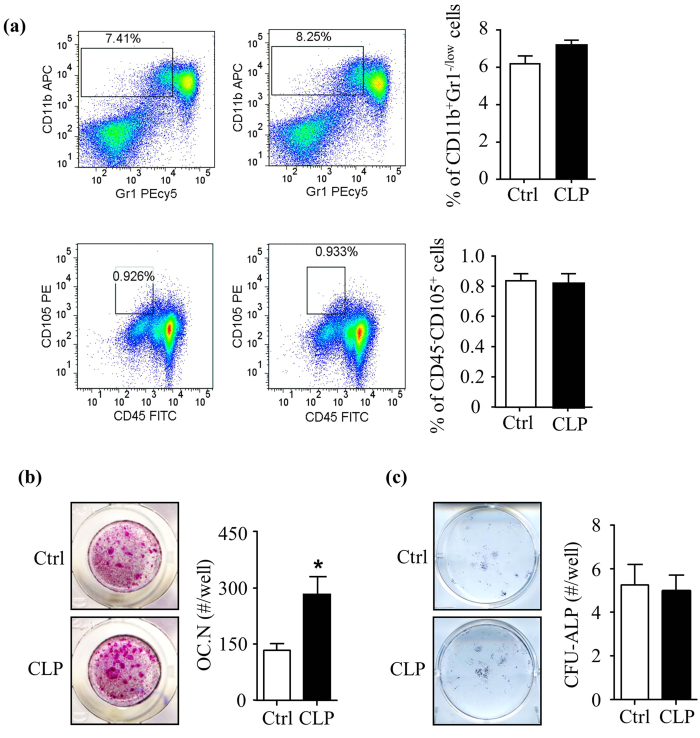Figure 2. Bone marrow cells from mice treated with Clomipramine have increased osteoclast forming potential ex vivo.
WT mice were treated with Clomipramine, as in Fig. 1. Bone marrow cells were used. (a) Cells were stained with anti-CD11b and Gr1- Abs for the percentage of CD11b+Gr1−/low OC precursors or anti-CD45 and CD105 Abs for the percentage of CD45-CD105+ mesenchymal progenitors. Values are mean ± S.D. of 5 to 7 mice/group. (b) Cells were cultured with M-CSF and RANKL for 7 d in OC formation assays and stained for TRAP activity. Photos show TRAP+ OCs. TRAP+ OC number was assessed. Values are mean ± S.D. of 4 wells/treatment. Experiments = 3. (c) Cells were cultured in osteoblast-inducing medium for 21 d. The number of CFU-ALP+ colonies was counted. Values are mean ± S.D. of 4 wells/treatment. Experiments = 3. *p < 0.05 versus Ctrl. Ctrl: saline, CLP: Clomipramine.

